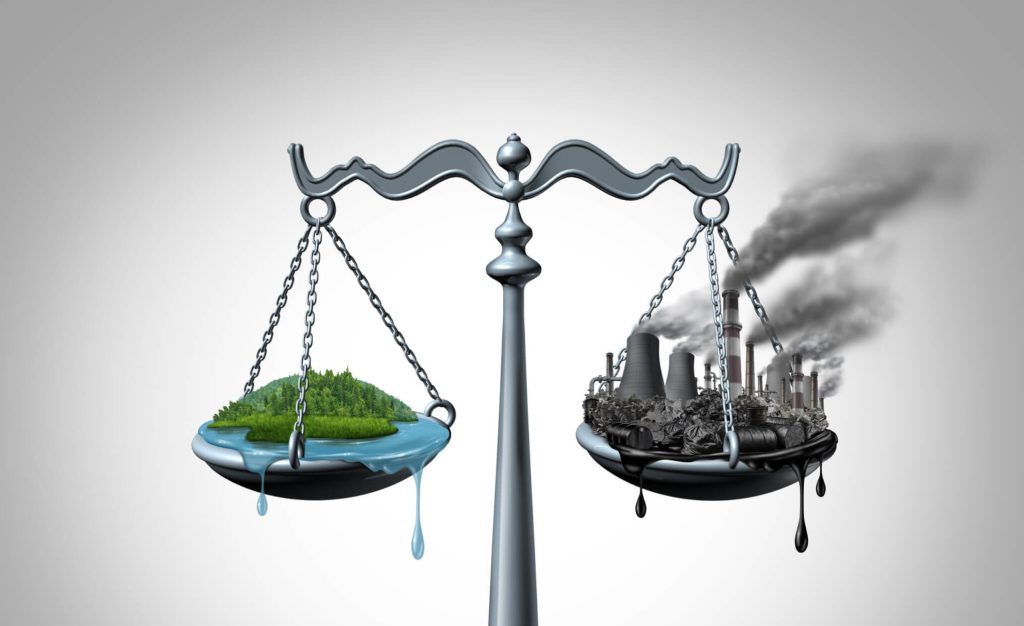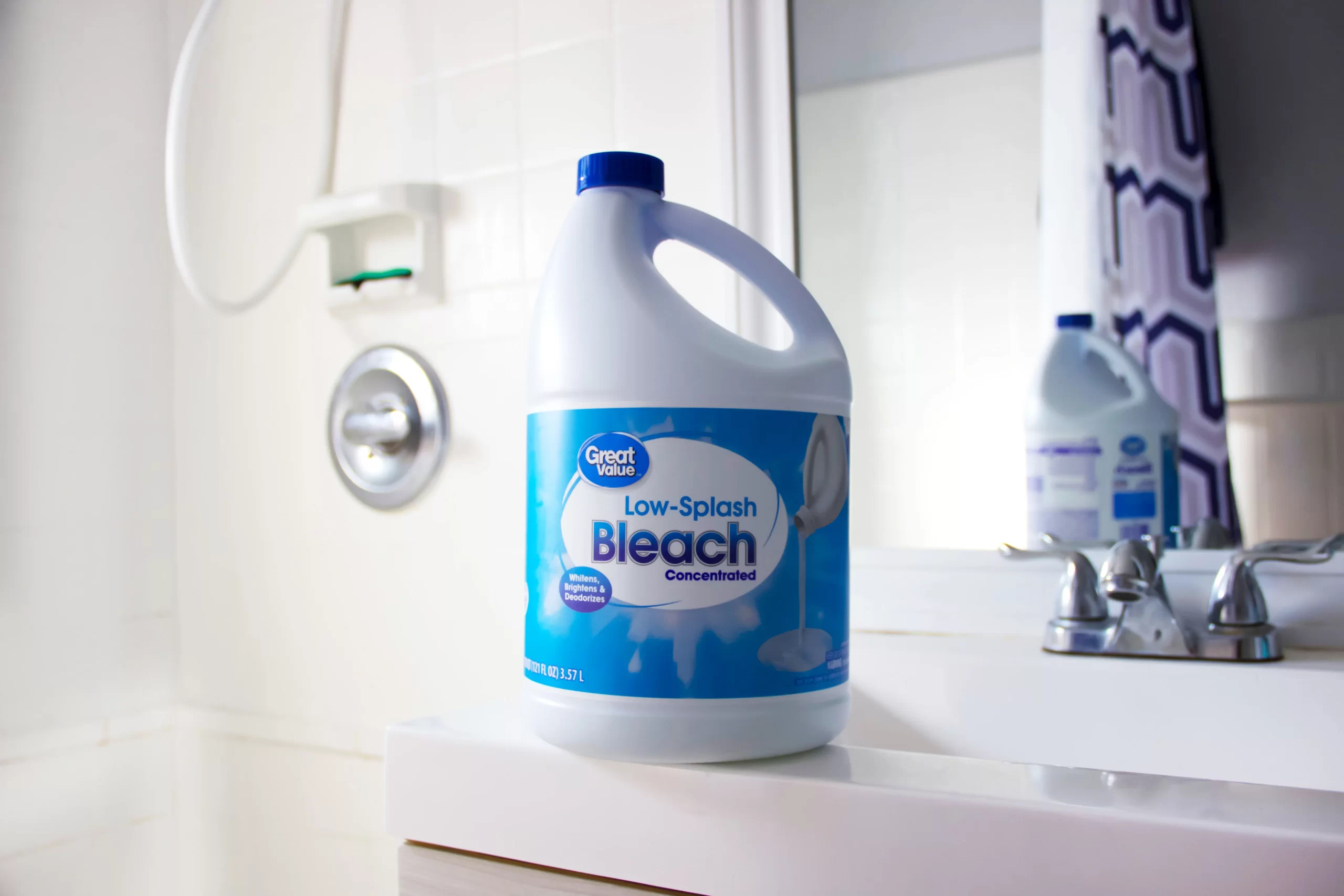Table of Contents
Bleach, a household cleaning staple, often surprises consumers with its hefty price tag. Have you ever wondered why a simple bottle of bleach seems to cost more than expected? Let’s dive into the intricacies of the bleach market and uncover the various factors contributing to its expense.
Explore the reasons Why Is Bleach So Expensive. Uncover the factors, from raw materials to marketing, influencing its pricing. Find out how to make informed, cost-effective cleaning choices.
Why Is Bleach So Expensive?
There are the following reasons behind Why Is Bleach So Expensive are below:
1. Raw Materials and Production Costs
In the middle of bleach pricing lies the price of uncooked substances and the intricacies of the production manner. Sodium hypochlorite, the energetic factor in bleach, is derived from chlorine. Fluctuations in chlorine fees, coupled with the strength-in-depth production method, contribute appreciably to the general cost.
2. Supply Chain Challenges

The bleach manufacturing process is susceptible to supply chain disruptions. Any shortage or increased demand for raw materials can result in price hikes. Understanding the complexities of the supply chain helps explain the occasional spikes in bleach prices.
3. Packaging and Distribution Costs
The journey from production to your local store involves packaging, transportation, and distribution. The costs associated with these elements contribute to the final retail price. High-quality packaging and efficient distribution networks inevitably add to the overall expense.
4. Branding and Marketing Expenses
Branding and marketing play a crucial role in shaping consumer perception. Big brands invest heavily in creating a positive image, which, in turn, impacts pricing. The cost of advertising and promoting a bleach product is often reflected in its retail price.
5. Environmental Regulations

Compliance with environmental regulations is a significant aspect of bleach production. Companies adhering to eco-friendly practices may incur additional costs, which are then passed on to consumers. The push for sustainability comes with its price tag.
6. Global Economic Factors
Bleach prices are not isolated from the global economic landscape. Currency exchange rates, inflation, and geopolitical events can influence the cost of raw materials and, consequently, the final product.
7. Alternatives and Competition
While bleach may seem expensive, comparing it with alternative cleaning products sheds light on its relative affordability. The competitive landscape influences pricing, with companies striving to offer a balance between quality and cost.
8. Consumer Perception
Consumer psychology also plays a role in pricing. Some consumers equate higher prices with better quality. The perceived effectiveness of bleach, combined with its long-standing reputation, contributes to its premium positioning in the market.
9. Impact of Pandemic
The recent global pandemic further impacted bleach prices. Surges in demand, disruptions in the supply chain, and increased production costs due to safety measures all contributed to the overall increase in pricing.
10. Industry Trends

Keeping an eye on current industry trends is essential. Innovations, technological advancements, and evolving consumer preferences all contribute to the fluid nature of bleach pricing.
11. Future Outlook
As we look ahead, several factors will continue to shape bleach pricing. From advancements in manufacturing processes to evolving sustainability practices, the future holds both challenges and opportunities for the industry.
12. Sustainable Practices
In response to growing environmental concerns, many bleach manufacturers are adopting sustainable practices. While this is a positive step, it can lead to increased production costs, influencing the final retail price.
13. Tips for Cost-Efficient Cleaning
For consumers looking to save on cleaning expenses, there are alternatives and strategies. From DIY cleaning solutions to purchasing in bulk, exploring cost-efficient options can make a noticeable difference in your household budget.
Final Words – Why Is Bleach So Expensive?
In Final Words, the charge of bleach is a multifaceted issue inspired by the aid of raw fabric expenses, supply chain dynamics, advertising strategies, and international economic conditions. While it could seem luxurious, knowledge of the different factors at play can help clients make knowledgeable decisions and explore powerful cleaning options.
People also ask
Is bleach the only effective cleaning solution?
While bleach is effective, there are alternative cleaning products available. The choice depends on your specific cleaning needs and preferences.
How can consumers contribute to sustainable practices in the cleaning industry?
Opting for green bleach merchandise and assisting brands with sustainable practices is a high-quality step. Additionally, practicing responsible use and disposal of cleansing merchandise could make a difference.
Are there budget-friendly alternatives to branded bleach products?
Yes, exploring generic or store-brand bleach products can often provide cost savings without compromising effectiveness.
What impact does consumer demand have on bleach prices?
High demand, especially during crises like pandemics, can lead to temporary price increases due to supply and demand imbalances.
Are there upcoming innovations in the cleaning industry that may affect bleach prices?
Continuous research and development inside the cleaning industry may additionally lead to improvements that could impact pricing. Keeping an eye on industry updates can provide insights into destiny traits.




